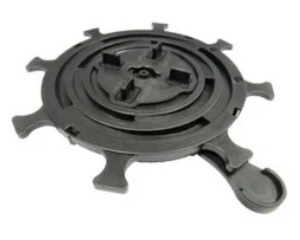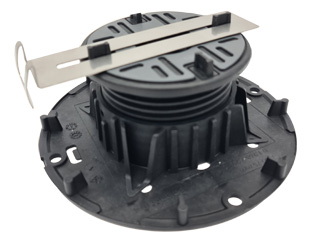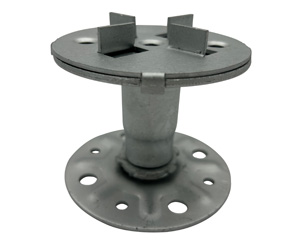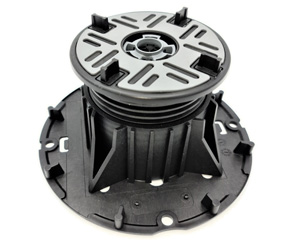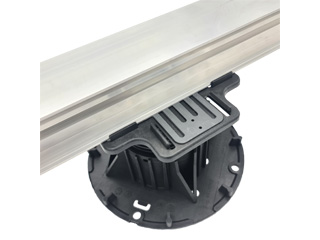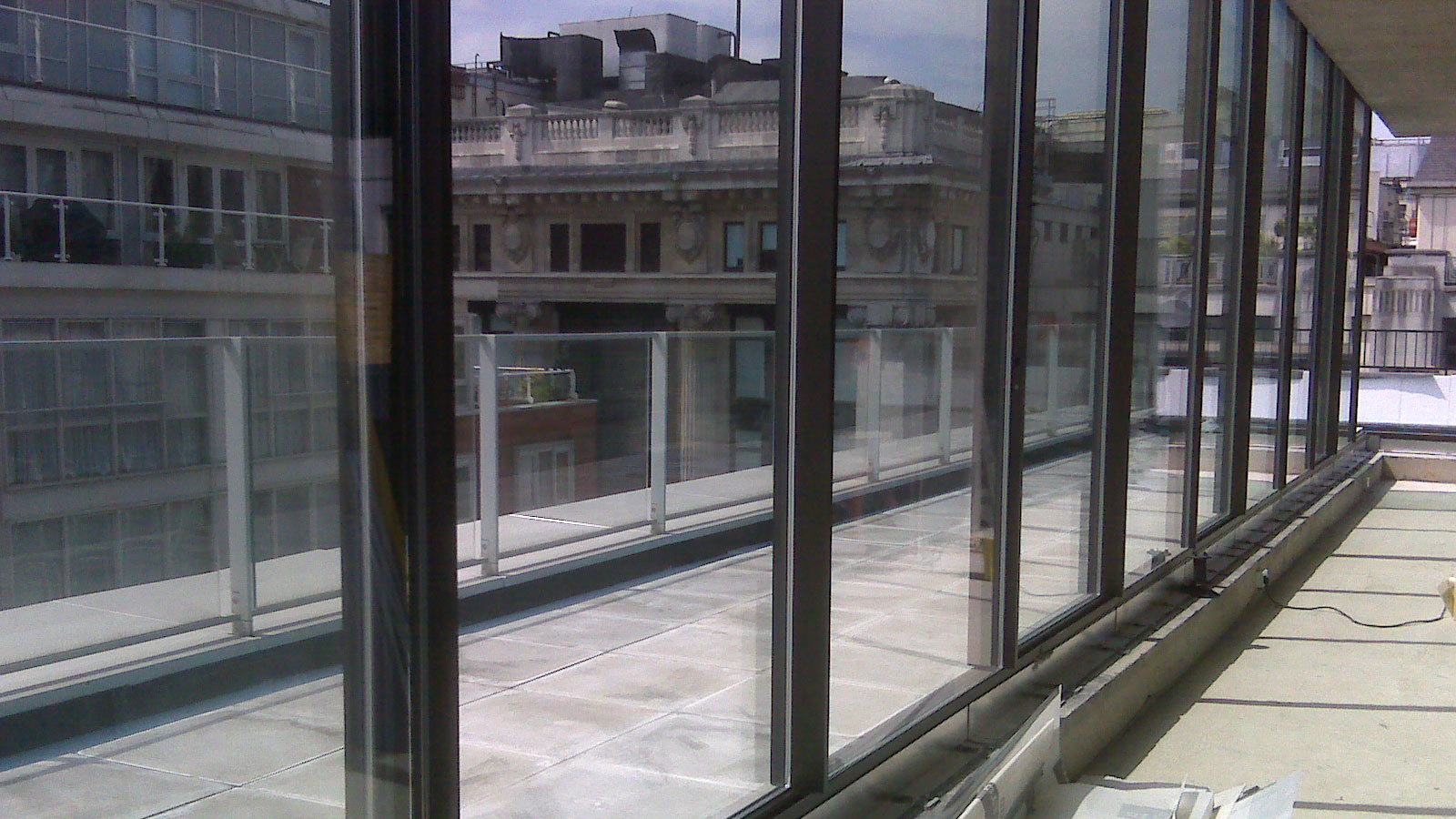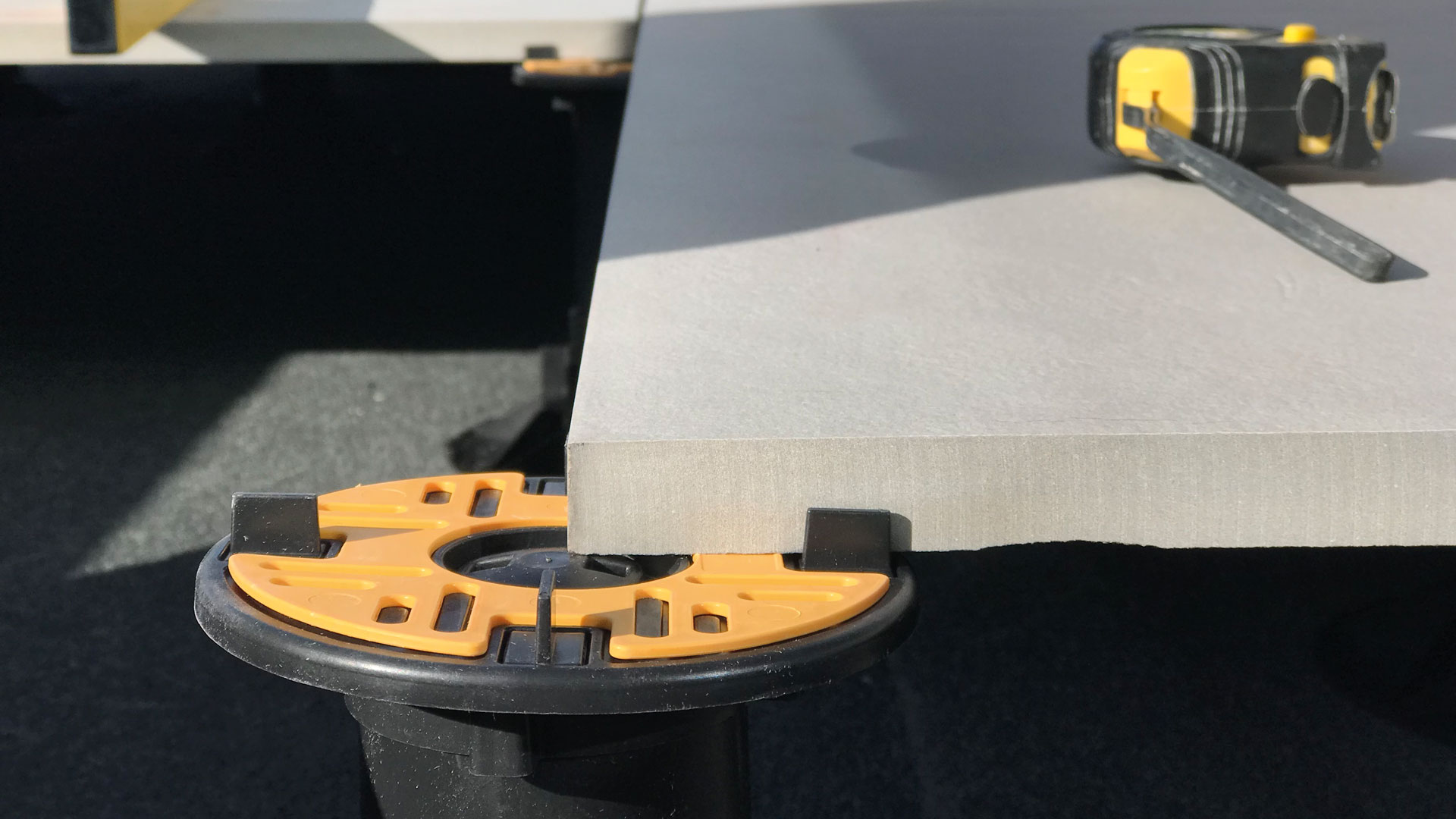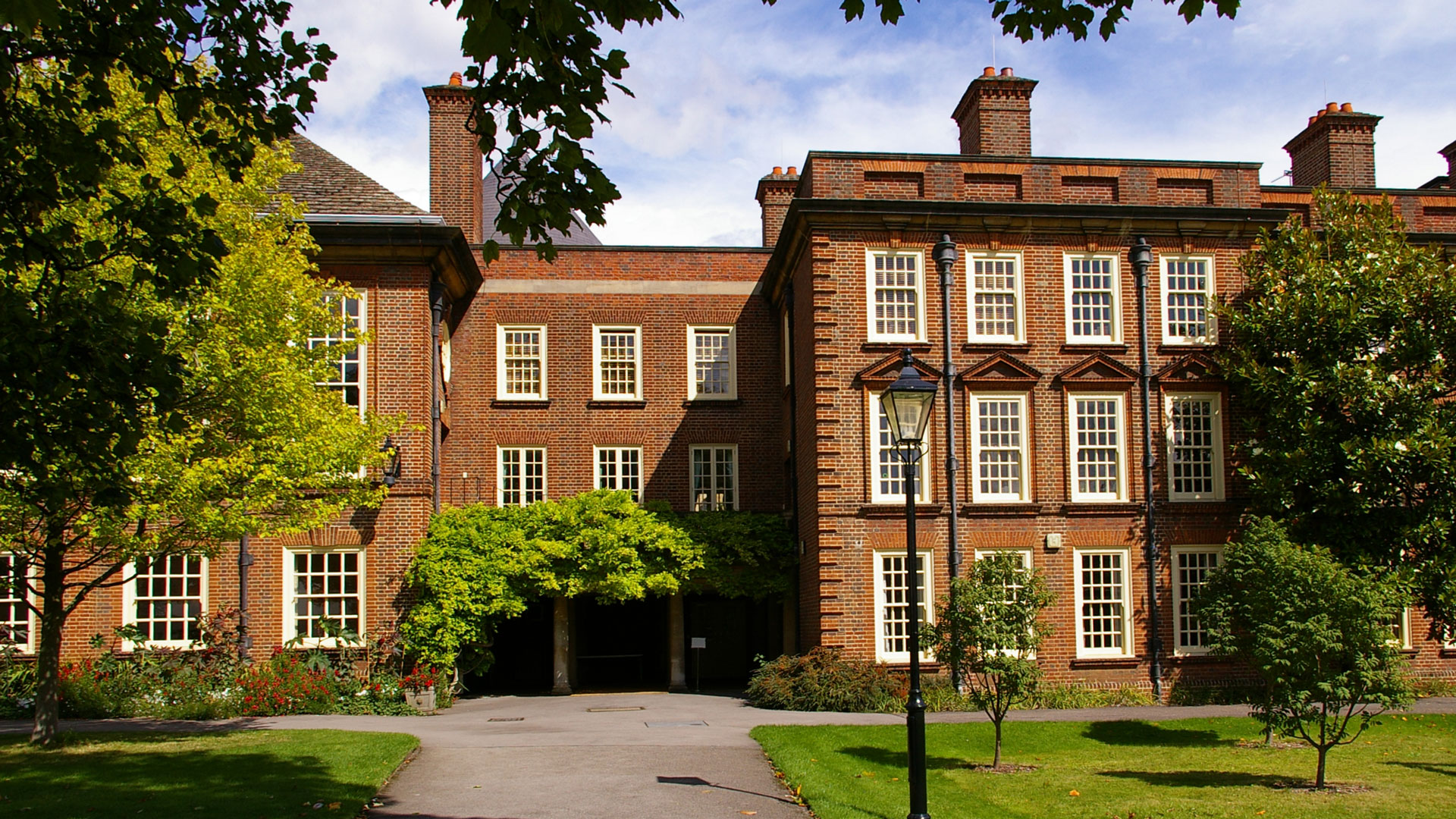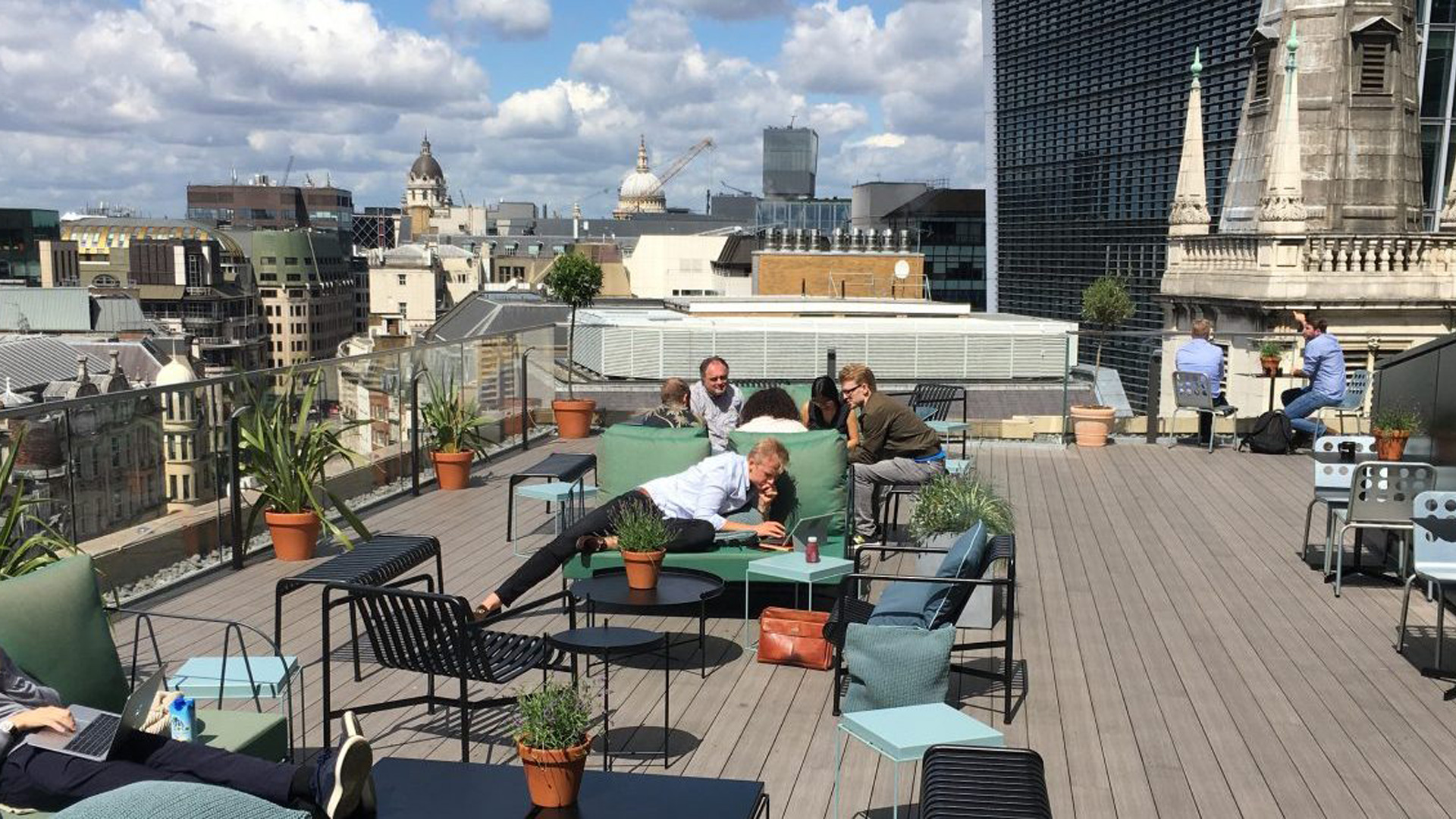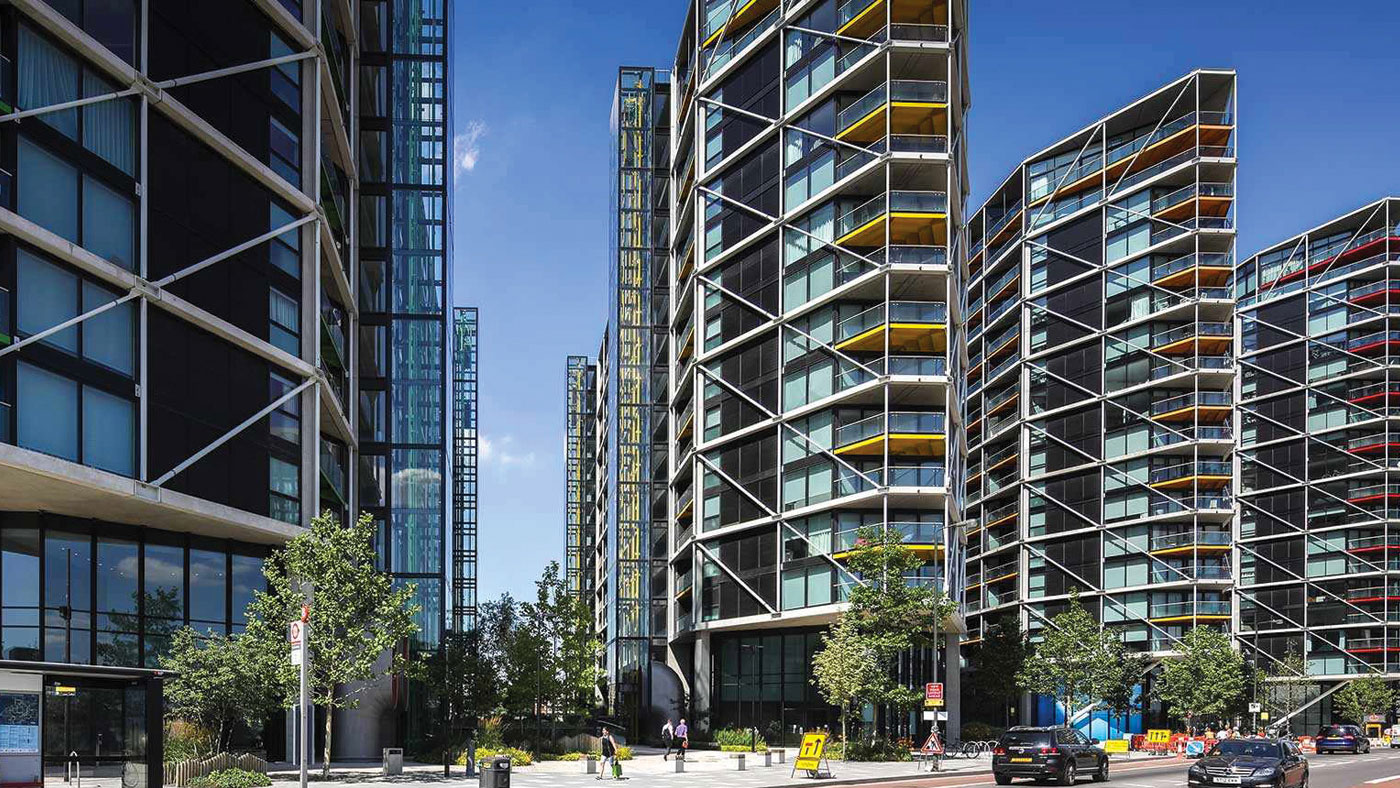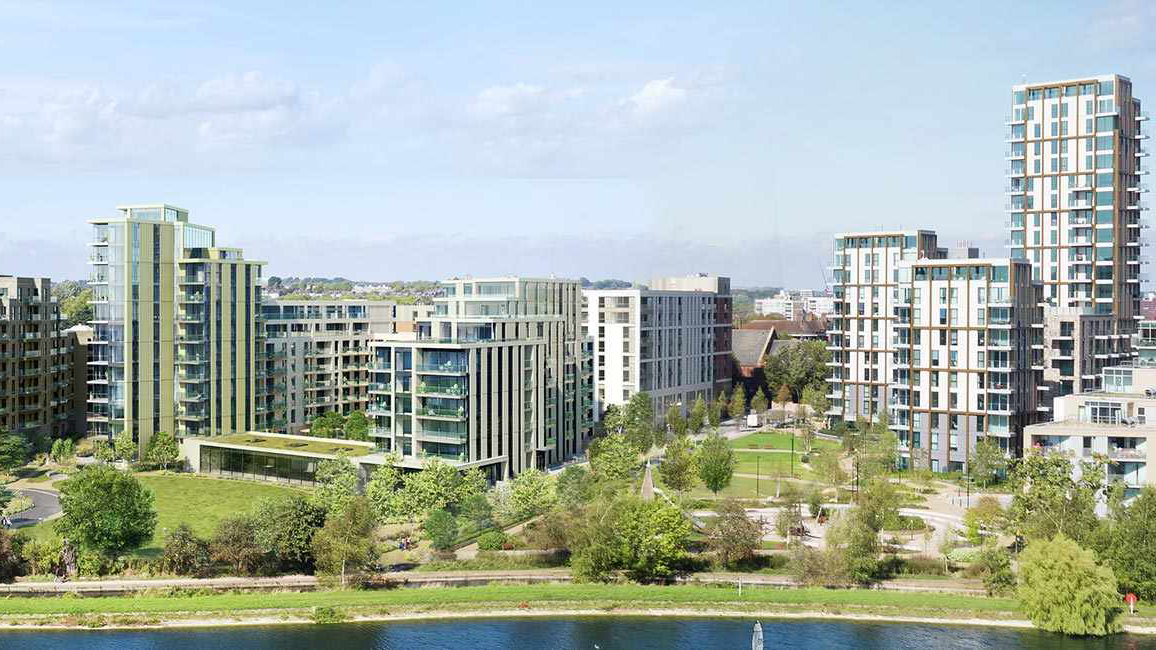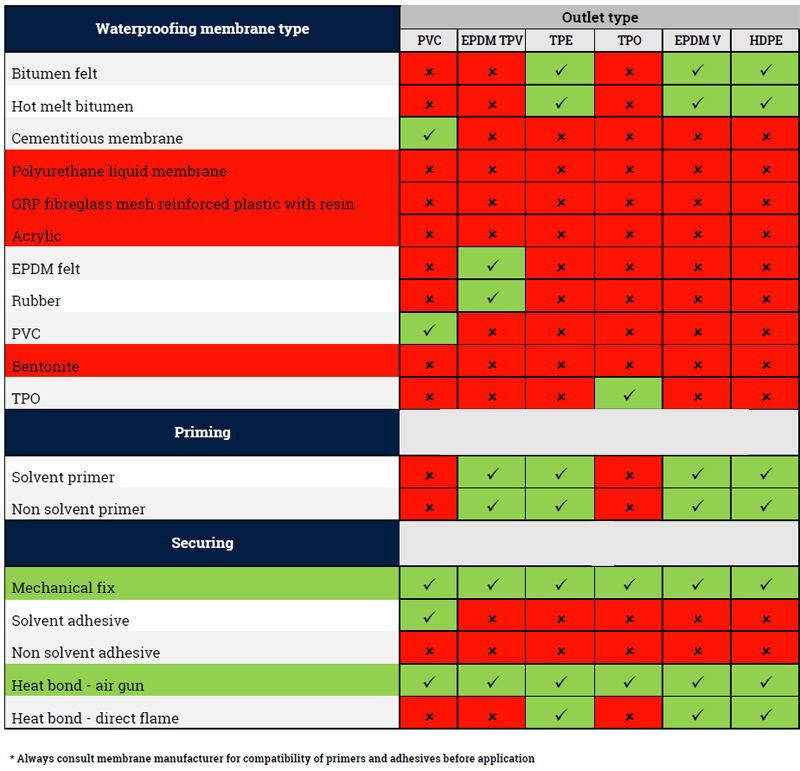As the government announces further commitments towards carbon reduction, one of the design trends we expect to see in 2021 is the wider take-up of green roofs.
There are many ecological benefits when creating a green roof. These include:
- Adding mass, thermal resistance and absorbing less heat than regular roofs, so you reduce the carbon footprint and the urban heat island effect
- Creating a habitat for animals and insects. As well as directly providing an environment and food supply, planted roofs also cool and humidify the surrounding air, creating a beneficial microclimate
- The vegetation in green roofs can filter out carbon dioxide, nitrates and other harmful materials. This also helps improve local air quality, which can benefit both humans and animals. (you can expect to hear much more on the subject of air quality and over-heating throughout 2021)
- Depending on the green roof design, the immediate water run-off can be reduced considerably – by as much as 90 per cent, reducing stress on drainage systems and in turn helping to mitigate localised flooding
- Plants are also effective at reducing noise, as they provide natural sound insulation; they can reduce reflected sound by up to 8dB.
The ecological and environmental benefits outlined above typically increase in line with the substrate depth. For example, the environmental benefits of shallow green roofs are on the whole far more modest than those offered by intensive ones, due to the smaller range of vegetation that can be grown.
The benefits are clear but what about the rules? Well, if you want to carry out repairs on, or re-cover a pitched or flat roof, you will need approval, if:
- You carry out structural alterations or the loading of the roof covering significantly changes
- The performance of the new covering will be significantly different to that of the existing covering in the event of a fire
- You are replacing or repairing more than 25 per cent of the roof area.
The key building regulations issues are to do with structure, fire safety and thermal insulation performance.
For the full article, please click here.
